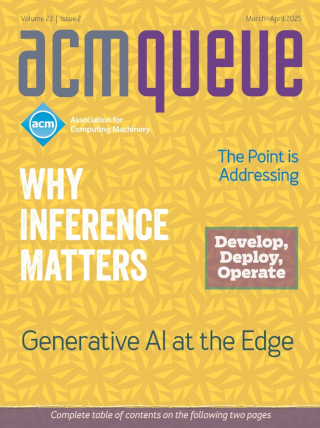Dennis Roellke - String Matching at Scale
String matching can't be that difficult. But what are we matching on? What is the intrinsic identity of a software component? Does it change when developers copy and paste the source code instead of fetching it from a package manager? Is every package-manager request fetching the same artifact from the same upstream repository mirror? Can we trust that the source code published along with the artifact is indeed what's built into the release executable? Is the tool chain kosher?
Catherine Hayes, David Malone - Questioning the Criteria for Evaluating Non-cryptographic Hash Functions
Although cryptographic and non-cryptographic hash functions are everywhere, there seems to be a gap in how they are designed. Lots of criteria exist for cryptographic hashes motivated by various security requirements, but on the non-cryptographic side there is a certain amount of folklore that, despite the long history of hash functions, has not been fully explored. While targeting a uniform distribution makes a lot of sense for real-world datasets, it can be a challenge when confronted by a dataset with particular patterns.
Nicole Forsgren, Eirini Kalliamvakou, Abi Noda, Michaela Greiler, Brian Houck, Margaret-Anne Storey - DevEx in Action
DevEx (developer experience) is garnering increased attention at many software organizations as leaders seek to optimize software delivery amid the backdrop of fiscal tightening and transformational technologies such as AI. Intuitively, there is acceptance among technical leaders that good developer experience enables more effective software delivery and developer happiness. Yet, at many organizations, proposed initiatives and investments to improve DevEx struggle to get buy-in as business stakeholders question the value proposition of improvements.
João Varajão, António Trigo, Miguel Almeida - Low-code Development Productivity
This article aims to provide new insights on the subject by presenting the results of laboratory experiments carried out with code-based, low-code, and extreme low-code technologies to study differences in productivity. Low-code technologies have clearly shown higher levels of productivity, providing strong arguments for low-code to dominate the software development mainstream in the short/medium term. The article reports the procedure and protocols, results, limitations, and opportunities for future research.
Comments
(newest first)
I suppose, here Eclipse and Visual Studio are IDEs, rather than IDs ;)



